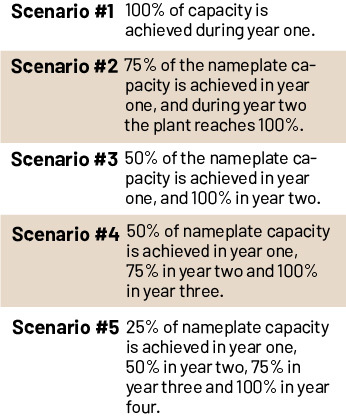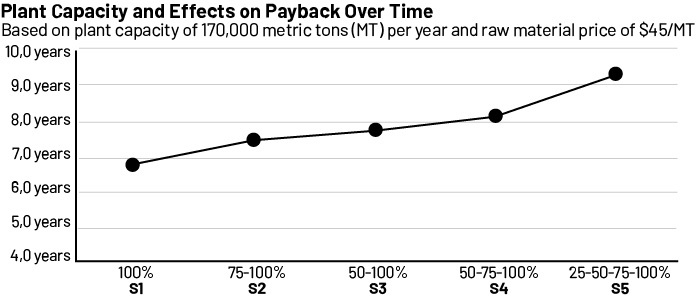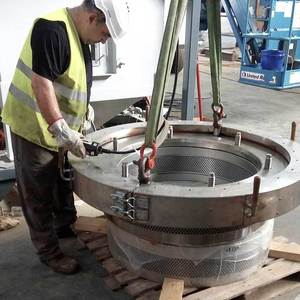From EPC to O&M










April 18, 2021
BY Anna Simet
Advertisement
Advertisement
Related Stories
Renewable are expected to account for 24% of U.S. electricity generation in 2025, increasing to 26% in 2026, according to the U.S. Energy Information Administration’s latest Short-Term Energy Outlook, released Oct. 7.
Drax has announced it will cease operations and idle pellet plant facilities in Leola and Russellville, Arkansas, effective Nov. 1, 2025. Operations at our other U.S. sites will remain unaffected, according to the company.
USTC on Oct. 9 announced it has completed the acquisition of all remaining shares in CM Biomass, becoming the sole owner of the biomass company. CM Biomass trades approximately 3.7 million tons of woo pellets and ag residues annually.
Editor's note from Biomass Magazine, Issue 4.
Drax and NGIS launch new partnership to map carbon stocks of Drax’s North American biomass sourcing areas
Drax, the renewable energy business, is partnering with NGIS, a global leader in geospatial technology, to model and monitor the carbon stocks of the U.S. and Canadian forests that Drax sources its sustainable biomass from.





